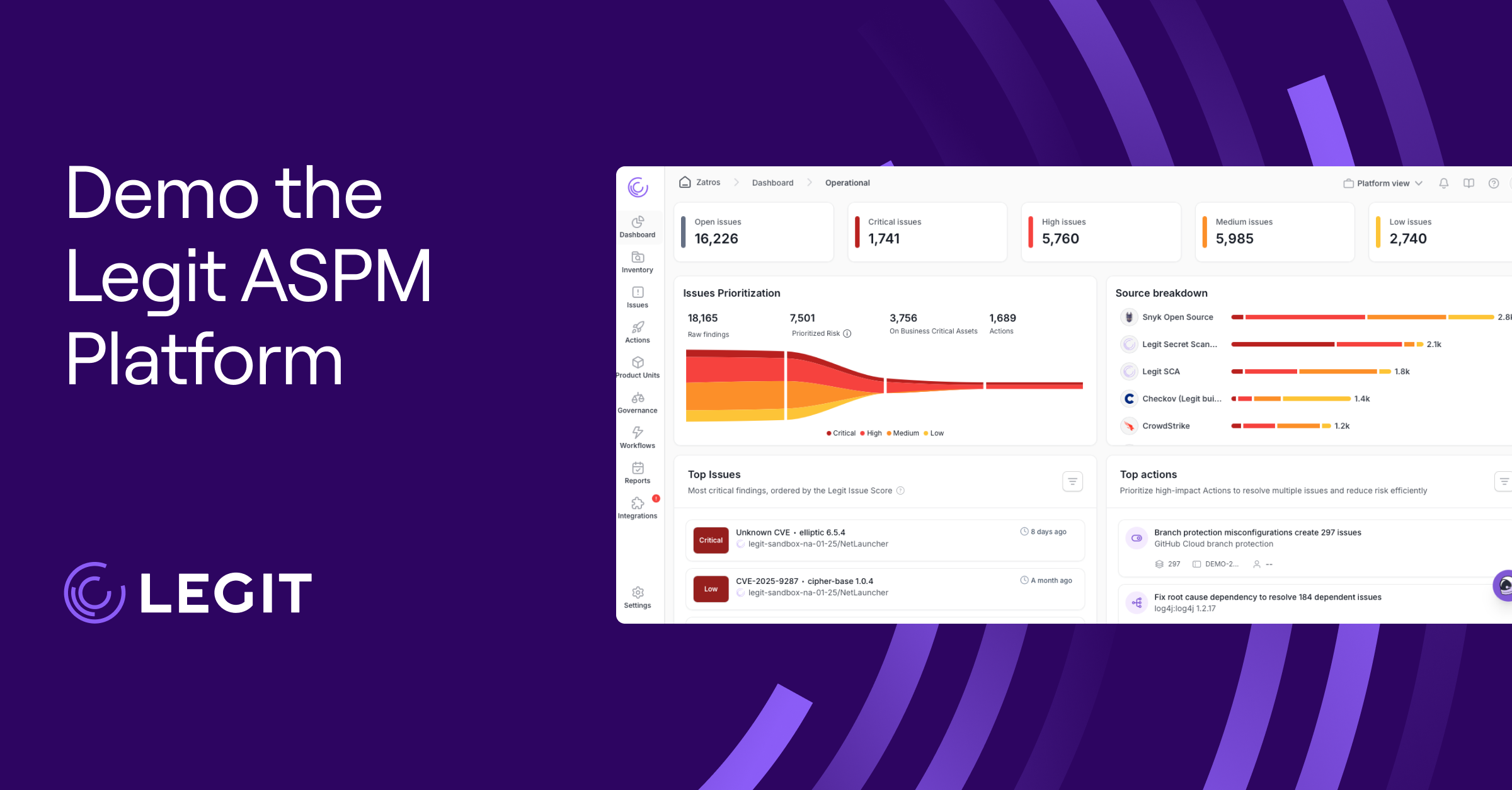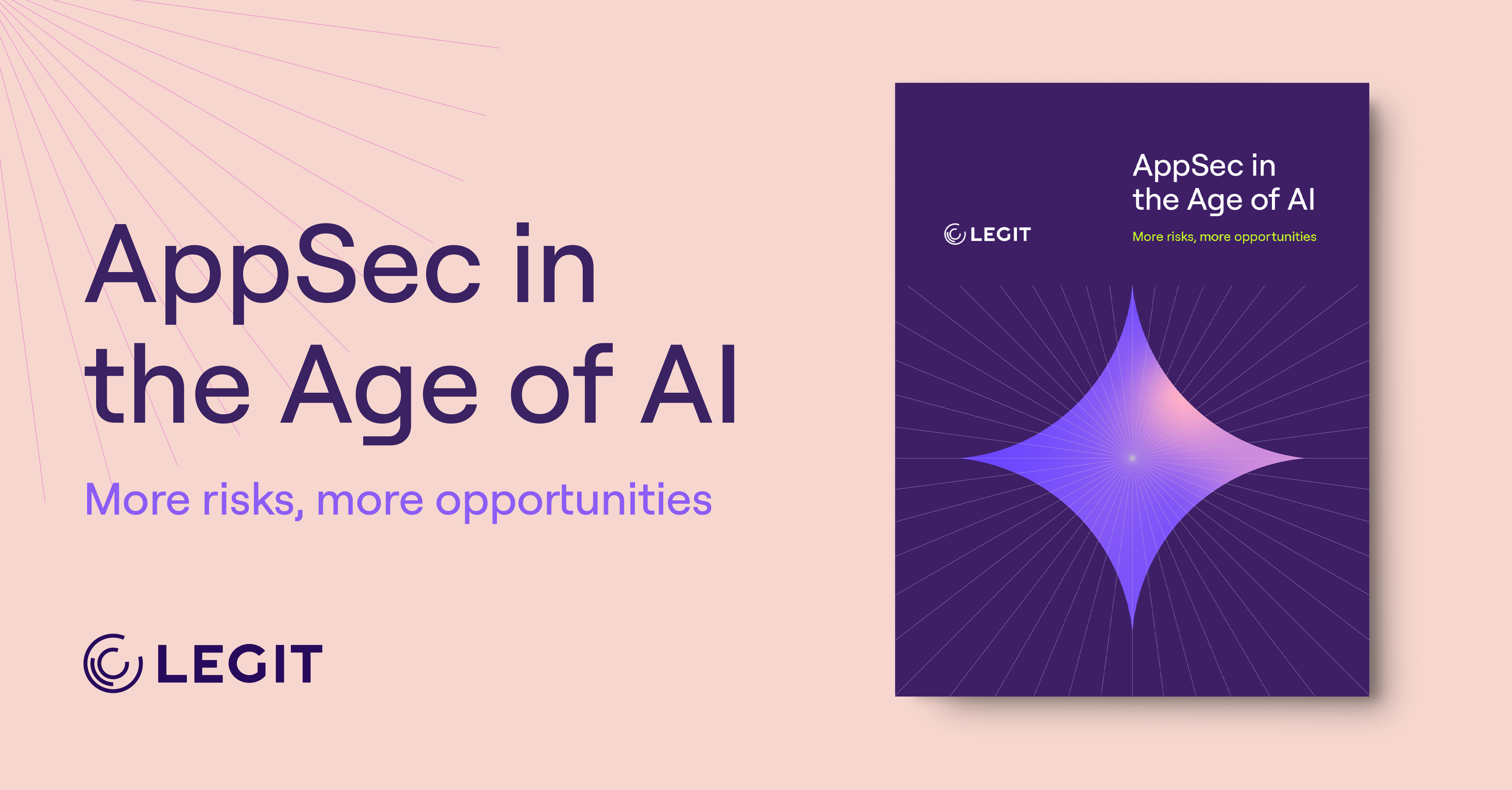Ever wished you could build apps and software without learning a new programming language? Whether you don’t know how to code at all or only know the basics, there’s a new option: vibe coding. Developers have started using artificial intelligence, specifically AI coding tools built on large language models (LLMs) and generative AI, to do more work with less hands-on coding.
Vibe coding is changing software development and security. Here’s how to navigate it.
What Is Vibe Coding?
Vibe coding is an AI-assisted programming style that builds code quickly without manually writing every single line. Instead, developers describe what they want their code to do, and the AI coding assistant generates functional code snippets.
Traditional coding required developers to be proficient in at least one coding language and understand its syntax. The vibe coding concept changed this by allowing developers to simply use natural language and effective prompts to create AI-generated code. They can then test, debug, iterate, and refine the code to get to their desired output or functionality.
Common vibe coding AI tools include:
- GitHub Copilot
- Gemini Code Assist
- Claude
- ChatGPT
- Replit
- AutonomyAI
Vibe programming changes the role of developer from programming language expert to guide, reviewer, and tester. It also shifts the skillsets needed for coding and democratizes software development so people can code without years of learning or experience.
What Are the Main Benefits of Using Vibe Coding?
Technical skills have always been a barrier to entry in the software development world. Aspiring software engineers spend months or years learning to code, and that takes time many people don’t have. Vibe coding opens the door for more opportunities—especially for developers with an entrepreneurial mindset and at least some basic coding skills.
Here are some additional benefits of using vibe coding:
- Better mockups from non-technical teammates: Product designers and project managers often struggle to translate their ideas into prototypes or mockups that technical teams can understand. They can use vibe coding to better illustrate their ideas and improve collaboration with software developers.
- Reduced technical barriers: Both junior developers and seniors learning new languages can significantly increase their productivity and accuracy by using AI-generated code.
- Faster development: Senior developers with extensive experience can use AI-generated code to build much faster than they could on their own. Because of this, companies might start pair coding with AI assistants instead of other humans, which can also improve code quality.
- Improved scalability: Organizations can scale production faster and without taking on additional cost. For example, a team working double-time to meet a new deadline can scale up using AI-generated code instead of hiring more developers or working more overtime.
Find out how we are helping enterprises like yours secure AI-generated code.

What Are Some Common Vibe Coding Limitations?
Vibe coding is spreading even among companies known for code quality. Microsoft estimates that AI generates roughly 30% of company code, while AI writes 25% of the code at Google.
But vibe coding isn’t without limitations. Here’s what to look out for:
- Technical inadequacy: Vibe coding is great for building simple solutions or standard frameworks, but it’s not an ideal solution for new or more complex infrastructure. If this infrastructure needs to integrate well with other systems, it might not be able to.
- Reduced technical proficiency: The best software development teams need at least a few senior developers with exceptional skillsets. Cost savings are tempting, but relying on vibe coding will affect code quality.
- Debugging blindspots: Thanks to generative AI, almost anyone can build something. But some AI tools might divert from the norm or bypass best practices, which makes it harder for even senior developers to understand the code and find bugs.
- Maintainability and security issues: When AI-generated code is difficult to understand, it also becomes difficult to maintain, update, and patch. This could lead to outdated standards and security gaps. Additionally, AI-generated code might be excluded from proper code reviews and security checks.
How To Safely Implement Vibe Coding
Vibe coding isn’t going anywhere. By acknowledging its potential issues and implementing vibe coding best practices, your team can code faster and more securely.
Here are some tips for safe vibe coding:
- Choose authorized AI-coding assistants: Some AI coding assistants work better—and more safely—than others. It depends on the overall security of the tool and the use case you have in mind. Your chief information security officer (CISO) or other leaders should review different options and choose authorized tools to avoid risky models.
- Ensure AI discovery: Understand precisely where developers used AI-generated code or models. Otherwise, you risk overlooking potential security gaps. Legit Security’s AI discovery tool shows you when and where AI code appears in your software development lifecycle (SDLC).
- Scan for secrets: Secrets scanning helps you detect and mitigate sensitive data throughout the SDLC, and that includes AI code. Legit Security’s AI-powered secrets scanning tools spot and secure sensitive data across your code, cloud, and collaboration tools.
- Maintain in-house experts: Your team will always need senior talent to review code and mentor junior developers, so don’t let AI replace them. Additionally, without training junior developers today, companies might struggle to find qualified developers later.
- Review, test, and refine: Remember that AI tools can hallucinate code just like anything else. Teams should always test and refine AI-generated code—and all code—before shipping.
The Future of Vibe Coding With AI
Vibe coding is still in its early stages, but adoption is growing. As AI coding assistants improve, developers might increasingly rely on these tools for writing and debugging code.
While it’s unlikely that software engineers will completely lose their jobs to AI, the industry has seen a reduced demand for programmers. Additionally, junior developer roles are rapidly disappearing in favor of AI agents.
But the Bureau of Labor Statistics also shows an increased demand for seasoned coders, software testers, and quality assurance analysts—meaning developers aren’t going anywhere.
Secure Vibe Coding With Legit Security
Vibe coding can accelerate development and unleash creativity, but this shouldn’t come at the expense of secure code. The most future-forward organizations will be those who combine speed with safety. And that starts with Legit Security’s AI capabilities.
Legit gives teams visibility into where AI is in use and where it’s being used in a risky way. It also integrates with AI coding assistants to provide security guidance as developers are coding, and it scans for AI-specific vulnerabilities like prompt injection.
Book a demo to get started.
Download our new whitepaper.

